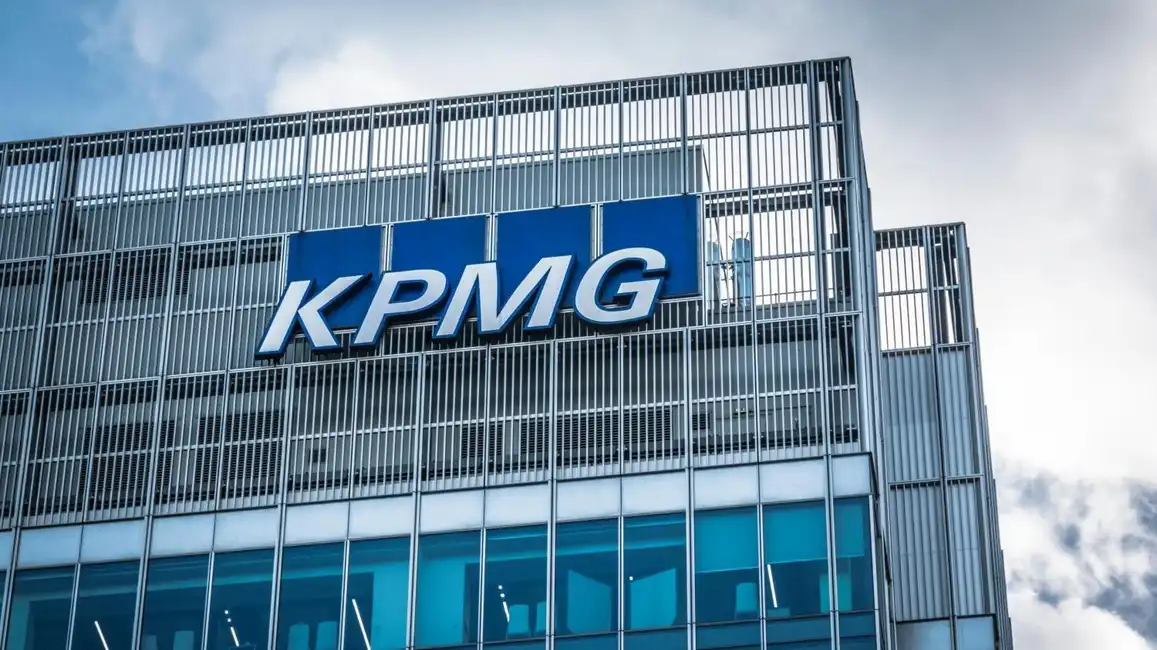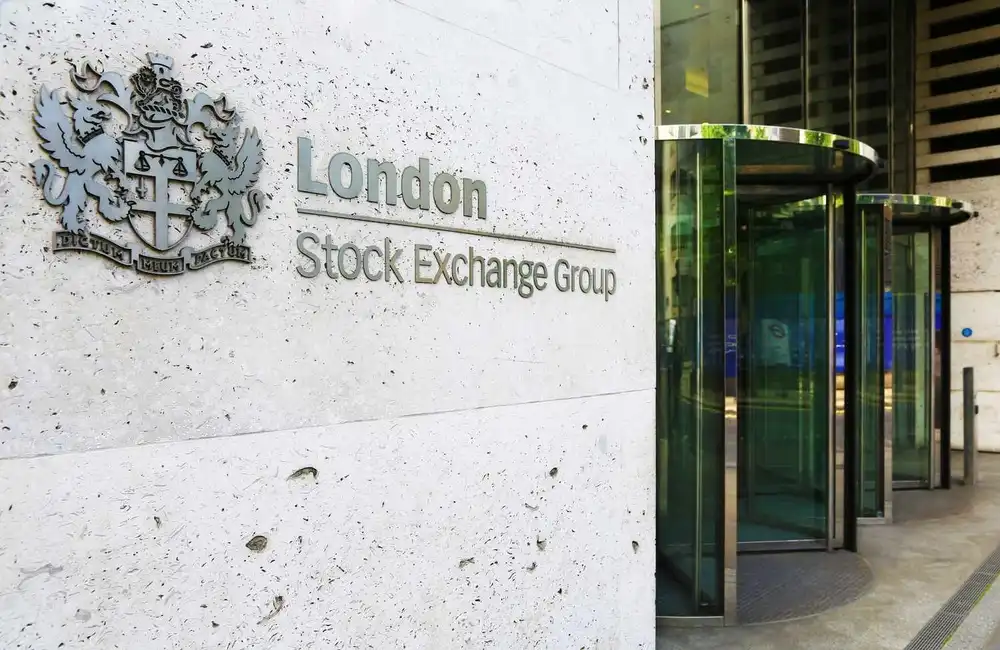The Alternative Investment Market (AIM) in London serves as a popular destination for smaller companies with high growth potential that need financing but want to avoid the strict requirements of larger exchanges.
The current market dynamics have led to changes in the business environment which now place AIM-listed companies at greater risk of acquisitions. Peel Hunt forecasts that one-third of AIM-listed businesses will likely face acquisition in 2025 with those valued under £250 million being the primary targets. This forecast alerts investors and market participants to substantial market transformation that generates both potential benefits and dangers.
Understanding the Prediction
There is strong evidence which substantiates Peel Hunt’s daring estimate. The AIM-listed company count fell to 685 by 2025 which represents a significant decrease compared to earlier years because companies are either being taken over or choosing to leave the market. Peel Hunt indicates that AIM-listed companies with market values below £250 million face the highest risk of being bought out. Technology, media, industrials, junior miners, oilers, healthcare, and consumer goods sectors face higher risk because their innovative capacities combine with perceived undervaluation.
Contributing Factors to the Rising Acquisition Activity
Multiple factors are propelling the acquisition trend observed on AIM. The combination of UK stocks struggling to perform well alongside low valuations creates an acquisition-friendly environment which is further supported by cheap financing options and reduced investor interest stemming from changing tax incentives.
1. UK Stock Market Underperformance
UK stocks have faced difficulty delivering appealing returns when measured against international market performance. The S&P 500 achieved almost a quarter increase in value during 2024 thanks to strong performance from US tech stocks and high market optimism. The FTSE 100 experienced a 5% increase while the AIM All-Share index suffered a 6% reduction. AIM-listed companies' underperformance makes their stock prices lower than their global counterparts which creates potential buying opportunities for investors.
2. Low Interest Rates Fuel Deal-Making
The reduction of capital costs through low interest rates has made acquisition conditions more favourable. The cost of financing deals has decreased which allows private equity firms and foreign investors to pursue undervalued opportunities listed on AIM. The low market valuations of UK small caps combined with accessible credit create ideal conditions for takeover bids.
3. Reduced Tax Incentives
AIM historically attracted investors because of its efficient tax structure. Tax policy revisions have diminished traditional investor advantages which in turn has decreased demand for AIM stocks. The reduced participation incentives have led to a diminished demand for these stocks which in turn decreased liquidity and exposed numerous firms to increased risk. Low-cap companies depend heavily on retail investors to maintain their market valuation.
4. Increasing Private Equity Interest
Private equity groups that possess substantial financial reserves are actively pursuing undervalued assets. Acquisition-ready AIM-listed firms demonstrate rich intellectual property and innovation capabilities yet remain undervalued in the market. Buyers from North America and Asia have shown increased interest which boosts the takeover probability.
Key Market Dynamics
The AIM market serves as a clear indicator of its continuous transformation process. The AIM market experienced 68 company departures by the end of 2024 through acquisitions and voluntary market exits. Growing difficulties in the equity market have prompted increased attention from private and foreign investors towards UK small caps.
Specific sectors emerge as the most promising areas for potential M&A transactions beyond basic statistical analysis. Technology and media companies stand out as prime targets because they combine scalable business models with global market appeal. Industrials along with support services and consumer goods businesses capture interest because of consistent demand and operational synergy opportunities. Junior miners and oilers represent highly volatile sectors that provide substantial growth possibilities despite their risk profile which draws opportunistic buyers. The healthcare industry, especially biotech and drug development companies, remains attractive to investors because of their sustained growth potential and continuous innovation.
Implications for Investors
The anticipated acquisition activity creates investment opportunities while exposing investors to potential risks. Investors can use strategic methods to navigate market conditions in 2025.
Opportunities
Anticipated acquisition activity provides investment opportunities for capturing premiums when companies undergo buyouts. Investors who identify takeover targets at an early stage can achieve attractive returns because acquirers routinely pay premiums above market valuations.
Here are some strategies to consider:
- Focus on Undervalued Stocks: Firms that have low price-to-earnings multiples or values below their true worth become top acquisition targets.
- Track Private Equity Interest: Investigate industries where private equity investors show active engagement. Investors should consider technology, healthcare and industrials as reliable bases for their investment strategies.
- Monitor Insider Buying: The rise in share ownership by management teams demonstrates their confidence in the company’s potential while hinting at possible acquisition interest.
Risks
- Liquidity Challenges: Trading volumes on AIM that are lower than usual lead to higher market volatility which increases risks for retail investors.
- Execution Risk in Acquisitions: Not all acquisitions guarantee success. Value creation suffers when cultural and operational differences fail to align.
- Regulatory Risks: International acquisitions might encounter regulatory examination especially within critical sectors such as healthcare and technology.
Expert Insights
Finance professionals maintain a positive but careful outlook toward the future of the AIM market. The uptick in acquisition activity may generate renewed interest in undervalued UK equities but simultaneously presents obstacles to sustaining long-term market growth.
Tom Layton explained that AIM stands at a pivotal junction. Recent acquisitions demonstrate available market value but the reduction in publicly listed companies raises concerns. Those who can differentiate valuable assets from worthless ones will discover excellent investment opportunities.
According to Charlotte Briggs who works as an equity strategist private equity firms are adept at identifying companies with hidden potential that many public investors fail to recognise. They are taking advantage of the market’s undervalued assets.
Moving Forward in the AIM Landscape
Analysts foresee that acquisitions will target up to one-third of AIM-listed companies by 2025 which will bring deep transformations to the UK small-cap market. Investors may find acquisitions to be profitable but they need to approach this market with both strategic analysis and caution.
Investors who target undervalued yet high-potential firms while monitoring private equity trends will position themselves to gain from this changing market environment. The AIM market requires solutions to structural difficulties including low stock valuations and decreased retail participation and tax benefits to sustain long-term success.
UK investors stand at a critical crossroads while they face an opportunity to capitalise on market changes. The question remains: Are you ready to seize it?


















